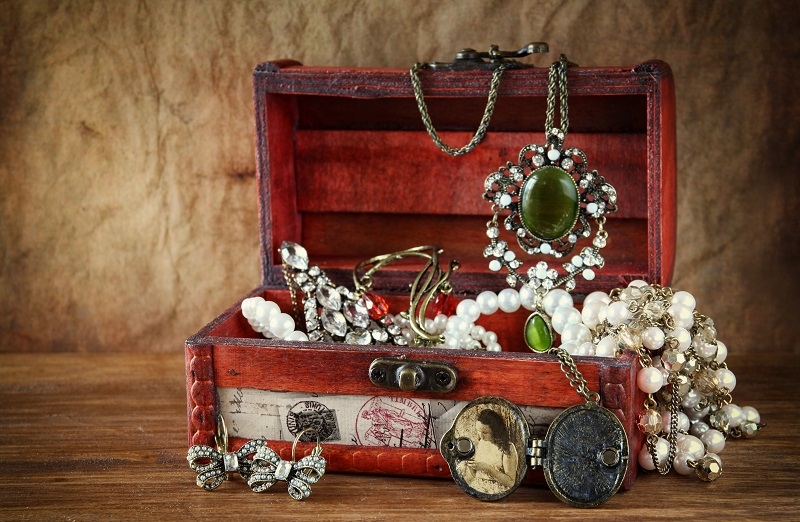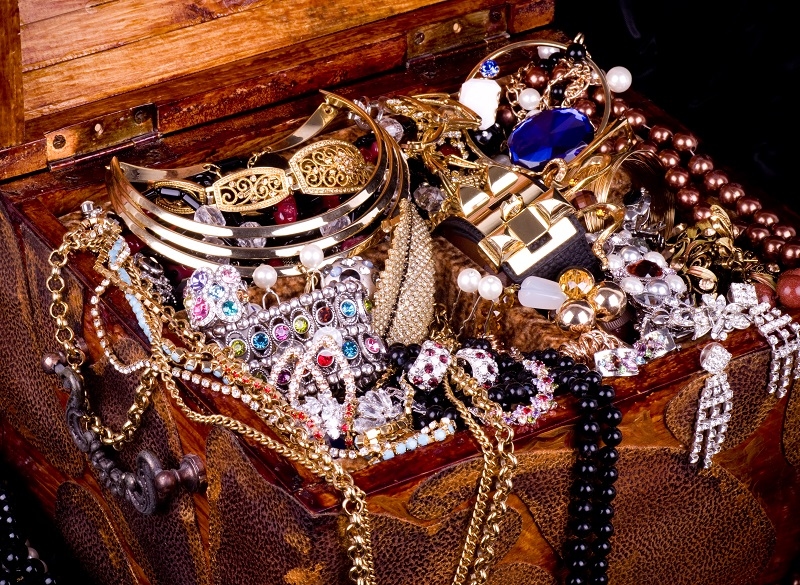
Vintage jewelry is irresistible. There is a history behind every piece of fashion, culture, and craftsmanship of the time. From dainty Victorian lockets to over-the-top Art Deco diamond rings, the pieces are much more than statements in fashion; they are wearable history. But as demand is increasing in the American marketplace, reproductions and forgeries are on the loose. That is why a vintage jewelry shopper's guide is needed for the savvy investor who is willing to shop wisely and not make pricey mistakes.
Here, we will talk about how to recognize authentic vintage pieces, explain how to spot fake vintage jewelry, explain what Art Deco jewelry is, explore 1920s defined jewelry trends, explain the process of buying estate jewelry safely, and give you the best vintage jewelry investment tips.
Buying used jewelry is not the same as buying modern pieces at a store. They are unique, differing in look, quality, and provenance. The right ring or brooch can appreciate, whereas a poorly verified "bargain" is worthless. A good vintage jewelry buying guide informs collectors, beginners, and investors so they can feel confident in this difficult market.
The counterfeits have also become more intelligent, so knowing how to spot imitation antiques is important. These are straightforward basic techniques and will enable you to tell real antiques from replicas:
Understanding how to spot fake vintage jewelry takes time, but these observations quickly become second nature.
If you’ve ever admired the bold and geometric beauty of jewelry from the Roaring Twenties, you’ve already seen Art Deco. But what is Art Deco jewelry, exactly?
The Art Deco era (1920s–1930s) saw an affection for symmetry, geometry, and designs borrowed from industry. It was a much less flowing, more austere appearance compared to the flowing, floral form of Art Nouveau. Art Deco design often consists of:
Collectors love Art Deco jewelry because it is dramatic and timeless. Knowing what Art Deco jewelry is is important if you would like to recognize genuine original 1920s pieces and not imitations.

We shall be looking at 1920s jewelry styles defined, as the 1920s remain one of the most fashionable decades in the realm of vintage.
With 1920s jewelry styles explained, it’s easier to identify authentic pieces. Spotting these hallmarks ensures you’re investing in genuine treasures from the Jazz Age.
More of the antique pieces are estate sale or inherited items. This is a wonderful method to find authentic work, but caution must be used. Retrieval of estate jewelry safely should always involve the following steps:
In doing so, you will be comfortable buying estate jewelry safely, and your collection will not depreciate in value.
Collecting antique jewelry can also be an investment. The following are the best antique jewelry investment tips to benefit in the long run:
Even with many years of experience as a collector, you may be caught off guard by highly crafted replicas. Using the vintage jewelry buying guide, look out for these red flags:
Being aware of these warning signs stops you from making costly mistakes.
After your purchase, careful attention will preserve your investment:
A well-cared-for collection preserves both beauty and value, so this step is as critical as the buying process itself.
Ultimately, antique jewelry isn't about resale. It's about preserving art, honoring heritage, and being able to wear something unique. Each piece reflects the personality of an age, whether it's the delicate womanliness of Victorian lockets, the geometric boldness of so-called Art Deco jewelry, or the refinement of 1920s jewelry designs as already described.
By learning to recognize imitated vintage jewelry, refining the skill of buying estate jewelry safely, and applying the best vintage jewelry investment methods, you're not really shopping but creating a precious collection of heritage. A guide to shopping for vintage jewelry like this one ensures that every time you buy, it's authentic, meaningful, and lasting.
This content was created by AI